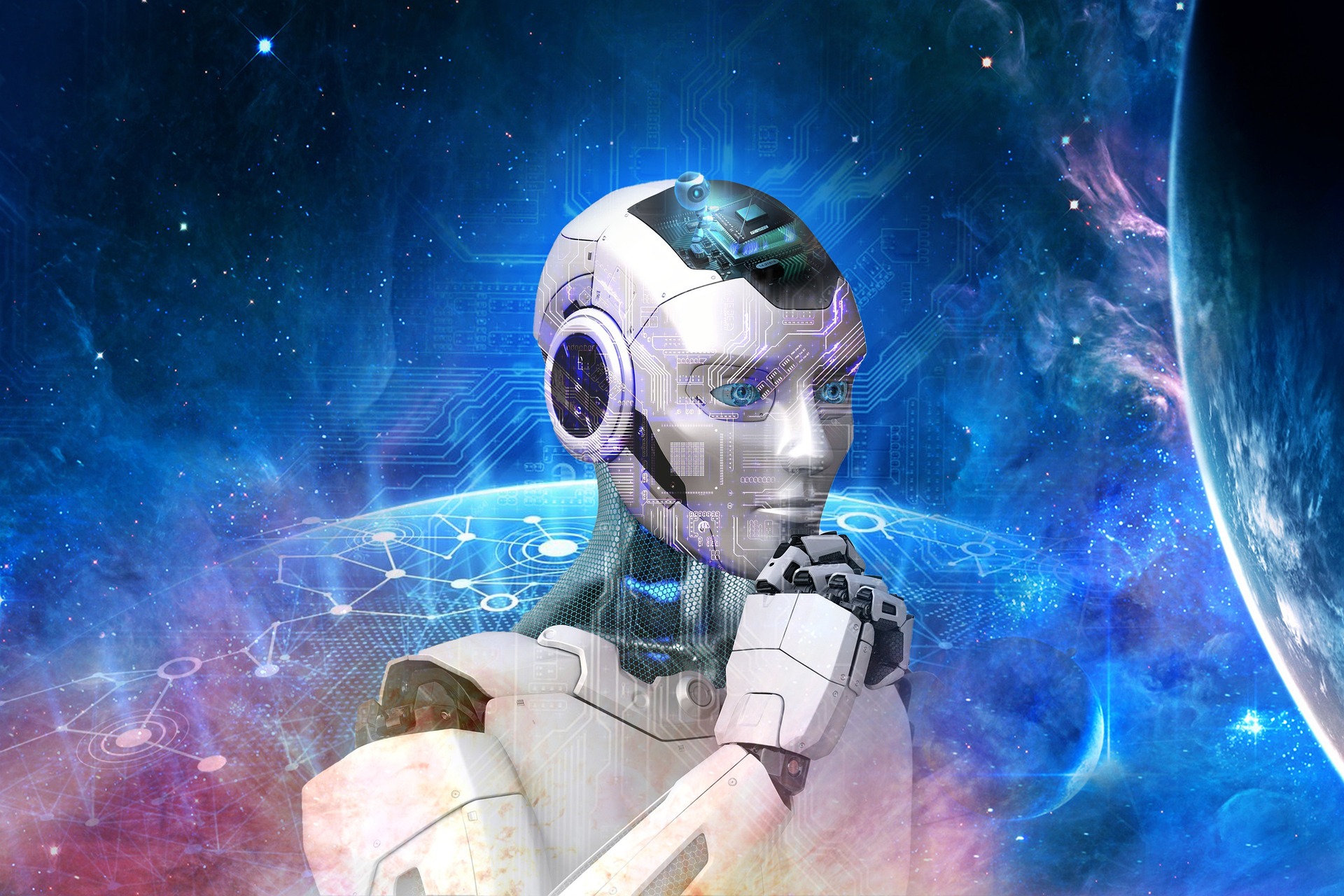Artificial Intelligence models have become so common these days that it is hard to have a conversation about AI without discussing about a model. There are several models available out there which can be classified into two major types:
- Proprietary models like OpenAI
- Opensource models like LLama3
AI models are complex algorithms designed to perform specific tasks, such as image recognition, natural language processing, and predictive analytics. These models are trained on large datasets and can learn from experience, improving their performance over time. AI models can be categorized into two main types: supervised and unsupervised learning.
Supervised learning models, such as neural networks and decision trees, are trained on labeled data to predict outcomes or classify inputs. Examples include image classification, speech recognition, and sentiment analysis.
Unsupervised learning models, such as clustering and dimensionality reduction, identify patterns and relationships in unlabeled data. Applications include customer segmentation, anomaly detection, and recommender systems.
AI models can be further classified into:
- Rule-based systems: use predefined rules to make decisions.
- Machine learning models: learn from data and adapt to new information.
- Hybrid models: combine rule-based and machine learning approaches.
AI models are used in various industries, including healthcare, finance, and customer service. They can automate tasks, improve efficiency, and provide insights for decision-making. As AI technology advances, it is expected to transform industries and revolutionize the way we live and work.


Leave a Reply